By Deanna Ransom, Televerde

When customers feel heard, they begin to trust, refer a company to colleagues, friends and family, and spend more money. One-to-one customer relationships can build lifelong loyalty, but unfortunately, many of these campaigns are doomed to fail when companies do not adequately prepare.
One of the most valuable ways to target and relate to customers is by implementing account-based marketing (ABM). ABM is a strategy involving the use of marketing and sales to build personalized customer relationships.
ABM makes one-to-one relationships more efficient by targeting only the customers most likely to buy. By utilizing this “zero-waste” strategy, companies won’t use up valuable time or resources on mere possibilities. It’s also grounded in personalized messaging, which is essential for building brand loyalty.
That’s why ABM is the integral foundation on which to build a one-to-one strategy. Here’s what marketers are saying:
- 87% say ABM outperforms other marketing ventures;
- 80% say it increases customer lifetime;
- 86% say it improves win rates; and
- 76% say it brings higher ROI.
Additionally, their 20% opportunity rate gives companies a significant leg-up on competitors.
Creating deeper customer relationships will bring higher ROI, loyalty and efficiency — but first, companies need ABM.
How To Build Customer Relationships With ABM
A one-to-one strategy combined with inbound marketing will result in the most rewarding partnership. Begin with inbound marketing to acquire a broad target market, use ABM to select specific customers within that market and then adjust the products and services to meet the targets’ needs. Without each of the following steps, an ABM strategy will not lead to valuable customer relationships.
1. Define ABM Goals
The first action in any campaign is to define goals related to an ABM strategy. Some goals might include:
- Higher revenue;
- Higher value from existing customers;
- More engagement;
- New target market segment; and
- Successful launch of a new product or service.
To successfully measure goals, attach KPIs to each one. With goals in mind throughout the entire campaign, mold every action thereafter to achieve the returns you want.
2. Specify & Prioritize Target Market
After identifying a target market from an inbound strategy, narrow the focus with ABM. Make a list of individual customers that fit the broad or “average” target market. Then select the customers that provide the most value to the organization. Those people are new “accounts” to go after — the people most worth the marketing investment.
3. Build A Tech Stack
ABM is built on data analysis. For any ABM campaign, tools for identifying accounts, tracking data and measuring relationships are a must.
Companies should get started with these:
- Data technology: Identify broad types of accounts;
- Predictive software: Select and prioritize accounts;
- CRM platforms: Create, manage and track customer relationships;
- Marketing automation and email platforms: Reach out to current customers; and
- Targeted advertising tools: Home in on the desired audience.
4. Align Sales & Marketing
When sales and marketing don’t align, a company often will not achieve its ABM goals.
While sales refers to activities that facilitate a sale, marketing refers to actions that create interest in business. Sales understands the audience but needs brand awareness; marketing can bring brand awareness but needs to understand the audience. To merge the expertise of both, encourage sales and marketing teams to collaborate on account plans.
5. Talk To Customers
One-to-one ABM campaigns are built on discovering customer needs. While there are many ways to do this, Jodi Harris said it best: “The best way to figure out what buyers really need is to talk to them directly.” Survey them and conduct A/B tests. Most importantly, remember to respond to the needs of a handful of high-value customers — they will appreciate the attention.
6. Adjust Business To Customer Needs
With every customer conversation, you’ll learn how to best serve the customer’s organizational needs and the customer’s trust in the brand will grow. With each new piece of knowledge gained, use it to improve and personalize the product, service or the business.
7. Create Personalized, High-Value Content
Combining inbound marketing with ABM is powerful. On its own, quality content generates three times more leads than paid advertising and costs 62% less, making it worth the investment.
High-quality content has:
- A clear goal, topic and strategy;
- A powerful headline and hook;
- Keyword optimization; and
- Consistent frequency.
Beginning with the customer in mind, create personalized content. Every blog, sales page, webinar or newsletter should be highly relevant and valuable to the customer, creating a more positive experience and greater loyalty.
8. Use Personalized Emails
Email is still a powerful tool. Email generates 40X more customers than social media, and ROI is an astounding 4,400%. The key to that ROI is writing emails that customers will want to open.
To leave an impression and make the connection, personalize the email to customer. Try the following:
- Create powerful subject lines;
- Greet the customer by name;
- Close with a name;
- Include relevant and appealing offers;
- Be timely — don’t spam;
- Use images/visuals; and
- Offer tips for how to use company products.
9. Measure Results
Revisit ABM goals: Were revenue goals reached? How much did engagement increase? What is the conversion rate? Did the program accurately interpret customer needs and were you able to meet them? If goals weren’t met, re-evaluate your strategy.
Solid customer relationships are built with ABM. Show your customers their value with a personalized approach. With these nine steps in mind, you’ll be well on your way to forging deep partnerships and building a successful ABM strategy.
Deanna Ransom is the Head of Global Marketing and Marketing Services for Televerde, an integrated sales and marketing technology organization based in Phoenix, Ariz. Seven of Televerde’s 10 engagement centers are staffed by incarcerated women, representing 70% of the company’s 600+ global workforce.




